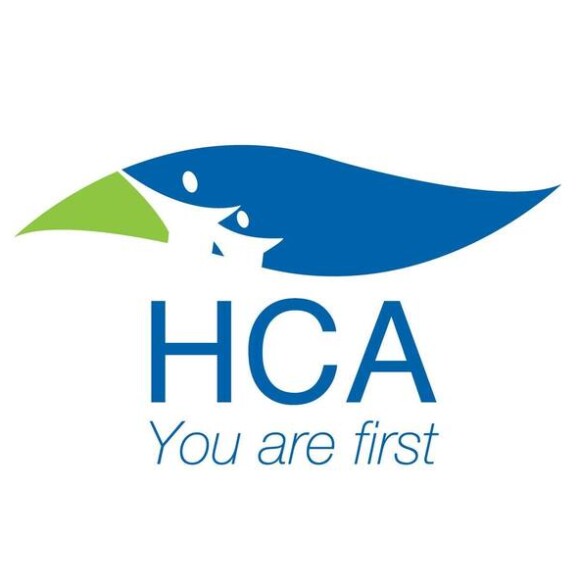Subscribe and become a patron to see this content! The future of Medellin Guru needs the help of readers to remain ad free. Becoming a patron costs as little as $3 per month and provides access to all the content on Medellin Guru plus other benefits.
To view this content, you must be a member of Medellin's Patreon at $3 or more
Already a qualifying Patreon member? Refresh to access this content.



 Unlock with Patreon
Unlock with Patreon

































17 thoughts on “Coronavirus Hospitalization in Colombia: Myth vs Reality”
According to this article Medellin ICU is at 85% capacity.
“In the city of Medellin, according to the Ministry’s database, the occupation of the ICU reached 85%. There are 120 beds available from the city’s 847. In occupied beds there are 352 beds occupied by suspected or confirmed covid cases and 375 for non-covid cases.”
https://www.eluniversal.com.co/colombia/sigue-en-aumento-ocupacion-de-camas-uci-en-colombia-GC3994228
Medellín was at 86.66 percent ICU occupancy yesterday according to the Antioquia government – see: https://dssa.gov.co/index.php?option=com_k2&view=itemlist&layout=category&task=category&id=127&Itemid=352. We added a graphic to the article with the ICU occupancy in municipalities in Antioquia.
Thanks for the update, nice to see that ICU occupancy in Antioquia is dropping and that in Bogotá it is less than 55%.
Thanks for the information. I recognize some of the sources for your graphs and statistics, but not others. For example, you have a partial citation for “Oxford”. Could you kindly include full primary source citations and web links for your data so readers can follow up and keep track of the developing picture. Well written and informative. Many thanks.
Nice to see that ICU occupancy is dropping in Colombia
Nice to see Colombia is adding ICUs. I guess getting to 80 percent occupancy makes them take action.
Hi Jeff, you are reporting “On June 22, Colombia had 39,879 active coronavirus cases,,,” JHU is reporting 73760 on 6/24/2020 https://coronavirus.jhu.edu/map.html. I’m not trying to troll here but that’s a big difference. What source are you using for your infected stats and I wonder why there such a large delta? Your table seems to be updated…maybe this is a typo. Keep up the great work and thanks.
It is not a typo, the John Hopkins number is NOT active cases, it is confirmed cases.
Our source is Instituto Nacional de Salud (INS) in Colombia – http://www.ins.gov.co/Noticias/Paginas/Coronavirus.aspx. This is the official source for Colombia
Go to http://www.ins.gov.co/Noticias/Paginas/Coronavirus.aspx, there is a pie chart on the page “Distribución por atención de confirmados” with an Activos dropdown that shows 40,589 active cases for Colombia yesterday. We have this in our daily update today – https://medellinguru.com/coronavirus-in-colombia/
The John Hopkins number of 73,760 is not even accurate for total confirmed cases for Colombia, Colombia had 73,572 total confirmed cases as of yesterday. See our update for today – https://medellinguru.com/coronavirus-in-colombia/
I have found that John Hopkins has inaccurate information for several countries, so I recommend instead using – https://www.worldometers.info/coronavirus/
In Australia, the median time from onset of illness to first hospitalisation was 7 days, and to first ICU admission was 9 days. Among adults. So there is a lag. Let’s hope Colombia’s health system can cope with all the new positive cases.
https://www.google.com/url?sa=t&source=web&rct=j&url=https://www.health.nsw.gov.au/Infectious/covid-19/Documents/covid-19-surveillance-report-20200606.pdf&ved=2ahUKEwidxI6gqsvqAhVGxTgGHeFNBKEQFjARegQIBxAB&usg=AOvVaw3PojpF24MJCboTQ_K0Fbhq&cshid=1594681557009
Great report. This again shows the absolute catastrophic policy towards the pandemic. The main factor that should govern quarantine “toughness” is by the bottlenecks of hospitalization and ICUs. Since in all cities, including Bogota, cases related to coronavirus are no more than a statistical error, the harsh quarantine is an absolute disaster, for two reasons: (1) the economical collapse, which will cause far more deaths and suffering in the long run, and (2) epidemiological considering, by which, with no vaccine in neat future, you _must_ let the virus circulate as much as possible while causing minimal damage (which is to say, not collapsing the healthcare system). Such a low foot print on hospitals shows a total failure of policy. Colombia is demographically a young country, which partially accounts for low number of hospitalizations and deaths, and also poorer than Europe, all of which which allows, and in fact, requires, the government to take much more risks with respect to policy. Mandatory masks, no big social gatherings should be more the enough.
The cases rising 5%-ish per day but it not reflected in hospitalizations. But I am guessing hospitalization, ICU and death are lagging indicators. As long as the cases are increasing rapidly like they are – Colombia will not escape those 3 outcomes until they bring down the infection rate.
Also, don’t forget to factor in the recovery rate, which reportedly averages 2 weeks to recover, which will result in people leaving the hospital. In addition, don’t forget to factor in the death rate, another reason that frees up ICU rooms. Both of those are lagging indicators as well.
Thanks for clearing this up. I read on a medellin group on fb hospitals were overcrowded in early march and there is icu shortage.
Interesting article and nice graphs comparing number of people in the ICU and hospital compared to the increasing cases.
You have the coronavirus occupancy for Bogota, wondering if you could add ICU occupancy for other cities.
Hi Peter, thanks. I found the ICU capacity in some cities but not enough of the big cities. I will do some more research to see if I can find out and add to the article.
Hi Jeff,
Could you use your contacts and find out what/when is happening in the transportation field, particularly air-lines/airports, buses,domestic and foreign flights.
We have been here, in Santa Marta, since November, due to return to Canada on March 31, it looks like our first flight will now be in June.
Much as we love Colombia and Santa Marta we need to see to affairs in Canada and our families.
This is a great service you do…..the best I’ve seen in our travels.
Thank you
Bill
Hi Bill, sure we will see what what we can find out. So far it appears no air transportation until at least the end of August.
Yesterday, President Duque Tweeted “no airline is authorized to sell tickets after May 11 in the country. National and international flights are still suspended. Changes to these measures will be reported to the country in a timely manner.” https://twitter.com/infopresidencia/status/1256354209978441728
Comments are closed.